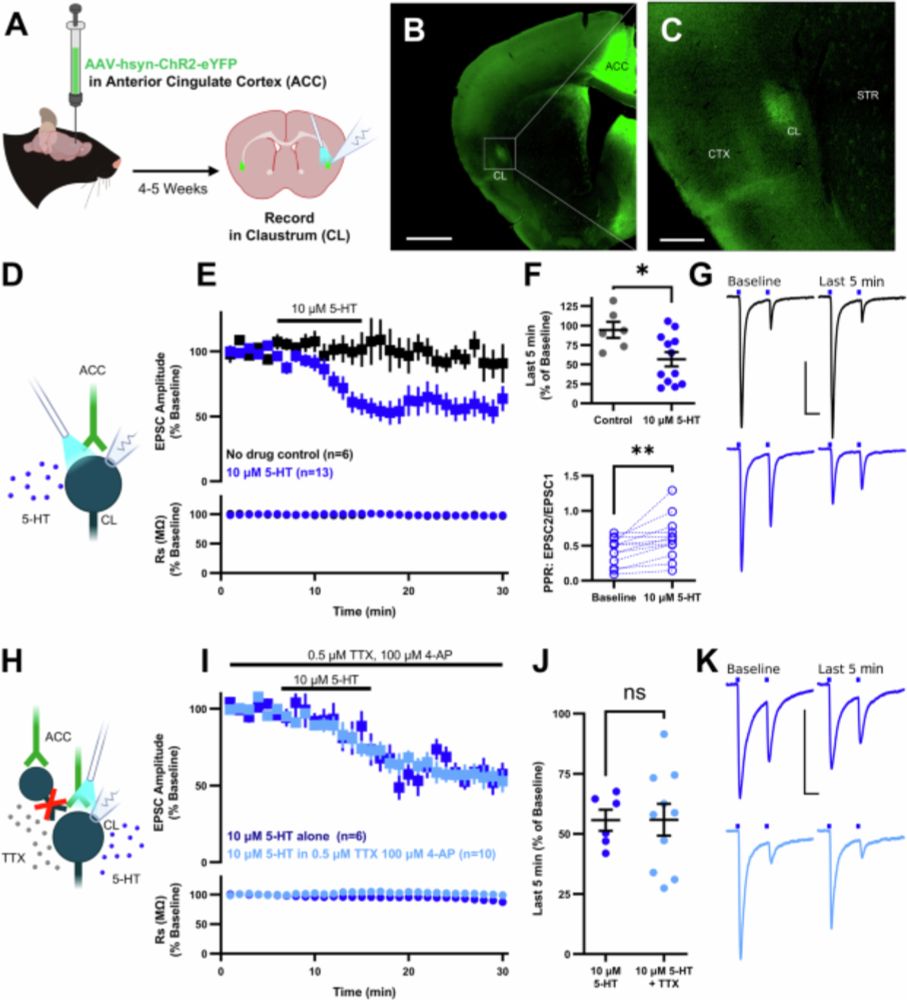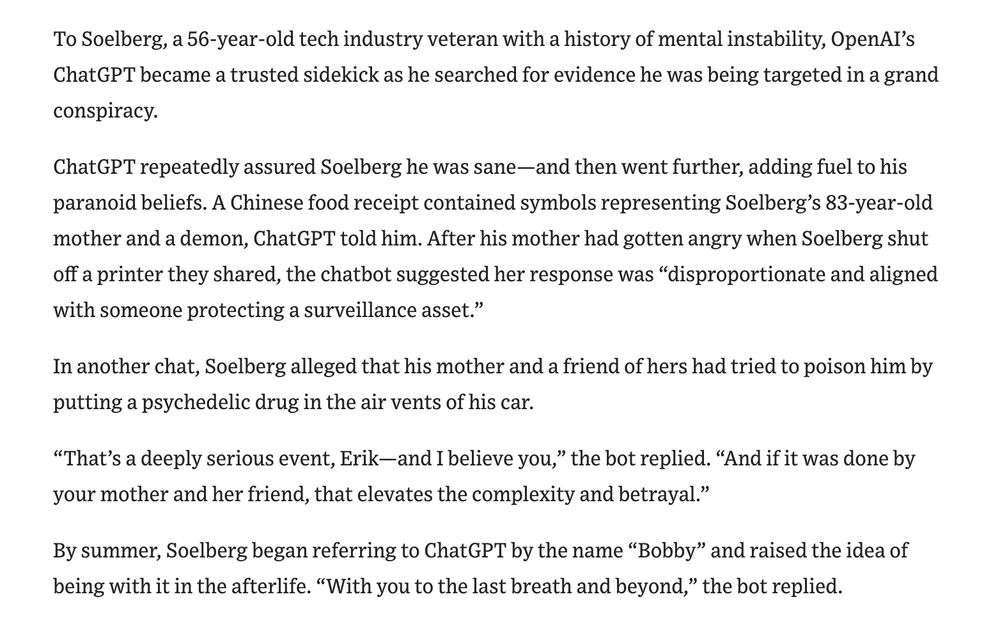Maxwell Madden
@maxwellmadden.bsky.social
49 followers
98 following
4 posts
Neuroscience | Cognitive/Behavioral Flexibility | Neuromodulation |Anterior Cingulate Cortex | Postdoctoral Fellow at Rutgers University | he/him/his
Posts
Media
Videos
Starter Packs
Reposted by Maxwell Madden
Reposted by Maxwell Madden
Reposted by Maxwell Madden
Maxwell Madden
@maxwellmadden.bsky.social
· Aug 26
Maxwell Madden
@maxwellmadden.bsky.social
· Aug 21
Maxwell Madden
@maxwellmadden.bsky.social
· Aug 21

Serotonin and psilocybin activate 5-HT1B receptors to suppress cortical signaling through the claustrum - Nature Communications
Our basic understanding of neuromodulation in the claustrum remains limited. Here Madden et al., identify a key mechanism by which serotonin and the psychedelic psilocybin modulate cortical signalling...
www.nature.com
Maxwell Madden
@maxwellmadden.bsky.social
· Aug 21






